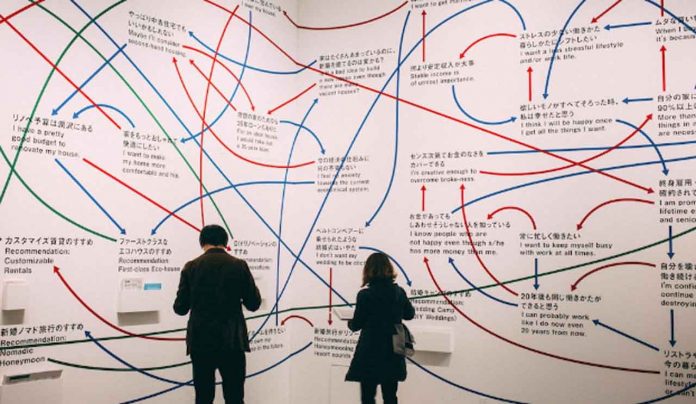In the complex world of data analysis and interpretation, graphical representations have played a pivotal role in making information easier to comprehend. Through various forms of diagrams and charts, complex data patterns can be translated into simpler visuals. One such vital graphical tool is the Node Diagram. In this article, we will dive into the intricate details of Node Diagram examples and explore their varied applications and benefits.
Deciphering the Structure of Node Diagrams
The foundation of a Node Diagram is its nodes and edges. While the nodes represent individual elements, the edges mirror the relationships between these nodes. This relationship could be one-way (also called directed) or two-way (also referred to as undirected).
In some cases, a value can be associated with each edge, representing the strength of the relationship. Such diagrams with values assigned to the edges are known as ‘weighted’ Node Diagrams.
The orientation and design of Node Diagrams could vary based on the complexity and interrelation of data elements. It could range from a simple ring structure to a complex web-like pattern.
Understanding the structure of Node Diagrams is crucial in accurately interpreting the information they represent.
Step-by-Step Guide To Drawing a Node Diagram
Drawing a Node Diagram may seem daunting initially. However, with basic understanding and practice, you can master it. The first step is to identify all the elements that need to be represented and draw them as nodes.
Next, evaluate the connections between these elements and portray them as edges connecting the respective nodes. If your diagram involves directed relationships, denote it using arrows.
In the case of weighted diagrams, attach the respective values to the connecting lines. You also have to ensure that the structure of the diagram is coherent and understandable.
Lastly, don’t forget to validate your Node Diagram for consistency and correctness to avoid any misinterpretation of information.
Exploring Various Node Diagram Examples
Node Diagrams come in varied shapes and structures based on their application. A simple circular diagram depicting the interaction among family members in a household is an example of a Node Diagram.
Further, Node Diagrams could be used for modelling traffic between websites, mapping the organization in a company, or even tracing the transmission of diseases through contact tracing.
In a business context, Node Diagrams may illustrate the relationship between different departments and their roles. At a more intricate level, they may represent the interconnections between various tasks in a project involving multiple teams.
How Node Diagrams Facilitate Communication in Projects

In a project setting, Node Diagrams can have several beneficial roles. First and foremost, they provide a visual summary of the project’s context, enlightening team members about the underlying relationships.
Moreover, they enhance communication among project participants, enabling them to understand their roles and the interdependency of tasks better. Node Diagrams can also help project managers analyze the complexity of the project, identify potential bottlenecks, and plot an efficient course of action.
Additionally, Node Diagrams can be used as a communication tool with stakeholders, helping them understand the project’s planning, execution, and progress. Stakeholders can make or break a business, making good communication necessary.
Hence, by integrating Node Diagrams into project management, key information can be communicated more effectively, and overall project management can be optimized. With a blend of understanding, practice, and the optimal use of technology, one can master the art of crafting effective Node Diagrams and uncover the powerful insights they hold.

